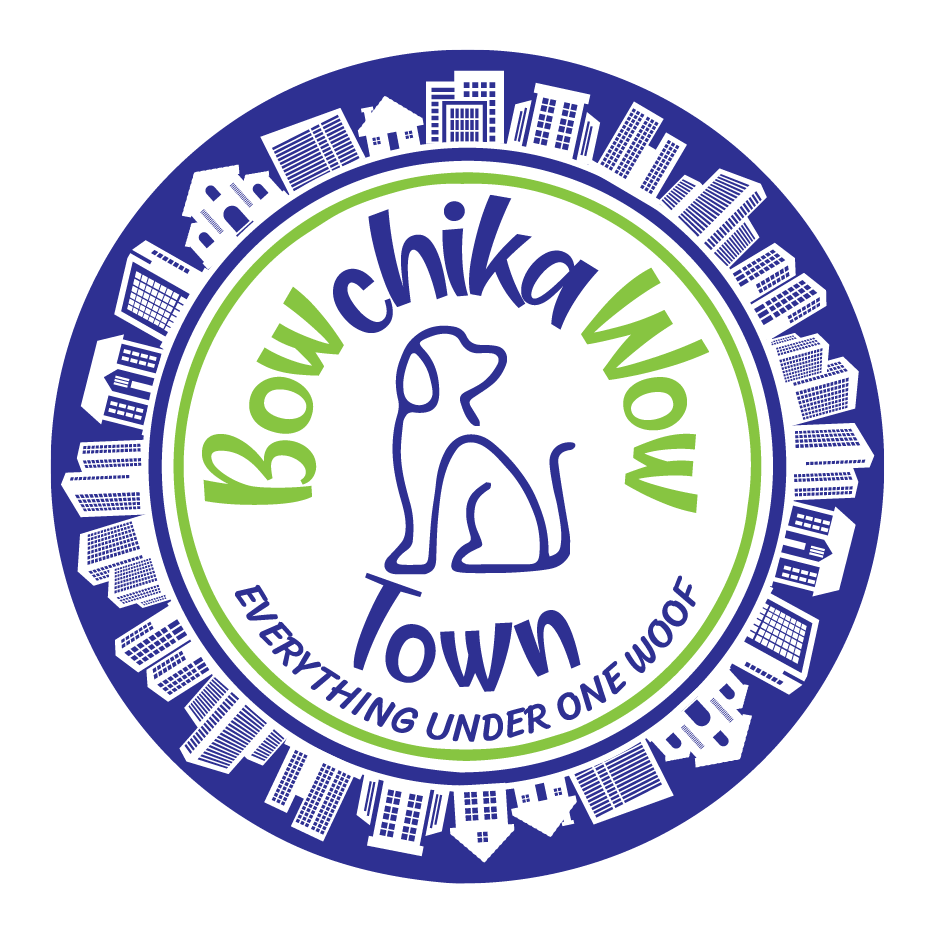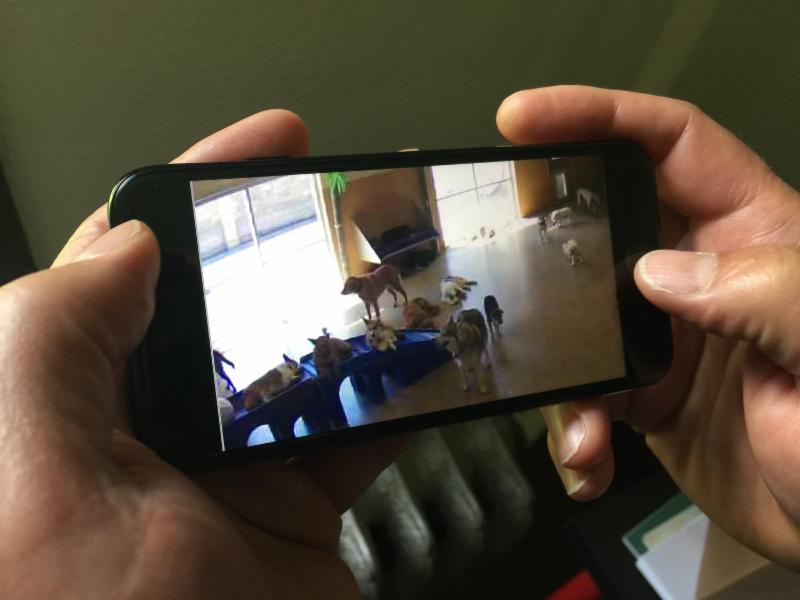Our Pups Are LIVE!
Be warned - it is addicting!Do you speak "dog"?
They are our companions and we love them like our children, but they are not human. There is an art and science to understanding and successfully managing group dog behavior, and each dog and each day brings a new perspective and attitude. BcWT staff are well educated on dog behavior, body language, Canine CPR, health, play style and behavior management. You might be surprised by some things you see on camera but we promise you there are reasons and we share some here:
- Proper Introductions: We use our hands, they use their ends (noses and bums). Nature intended dogs to meet and greet in ways radically different than the human-inspired introductions. In a natural setting, dogs would never immediately run up and invade each others’ space. If two dogs happen to notice each other from a distance, they will usually show the side of their body and the side of their face to the other dog. They might even do this by turning to sniff at a bush or something on the ground in order to appear less threatening to the other dog. Unfortunately, owners often miss or misread these cues and respond in ways that create a tenseness and issue that would not have been there.
- Mounting: So what is the deal with mounting? Like most behaviors, dogs do it for different reasons. Mounting is common play behavior in puppies, and is quite normal in the play style of older dogs. It’s really no different than other naughty behaviors like jumping up or barking. And just like other naughty behaviors can get out of hand, our staff steps in to settle down overly excited guests. Learn more about this behavior.
- Proper Play: The play bow — butt end up, front down — is the classic invitation for a canine romp and is used by older pups and adults, along with barking, leaping forward to nose-poke and then withdrawing, face pawing or licking. Examples of social play include wrestling, biting, play-fighting, and chase games. Normal dog play encourages taking turns chasing, mounting and pinning each other.
- Quick Time-Outs: Our Attendants use time-outs to demonstrate that certain behaviors are not tolerated while playing. For example: guarding toys, bullying, excessive mouthing, excessive barking, etc. Time-outs are also used to provide dogs a quick moment to calm themselves down in order to prevent over-excitement. During a time-out, dogs are placed inside a crate, or in one of our time out rooms located within our daycare space. Our time-outs typically last no more than 3 minutes or until the dog has been calm and quiet for a brief period (15-30 seconds).
- Even Dogs Need Cat Naps: The average dog sleeps for about 12 to 14 hours per day. We respect this natural rhythm at BcWT and plan our daycare days to give the dogs ample rest and not play into crankiness. Noon to 2 p.m. is dedicated nap time, and dogs are provided throughout the day with additional breaks as needed for maximum enjoyment.
Cameras are accessed via your Gingr Customer Portal. Login to your account, click on Photos/Videos from the top menu and then select the camera you wish to view. For the safety and security of all of our guests, you will only be able to access the cameras if your dog is checked into our facility.
If you ever see something that we are doing that you don’t understand, please never hesitate to bring this our attention. We will never take offense, and will always work with you to help you understand the situation. In addition to being live, our cameras are also always recording; we regularly review footage to continuously adapt our care approach and activities to provide the best for your best friend!

